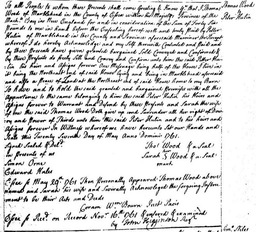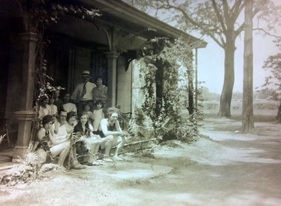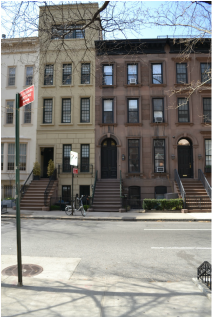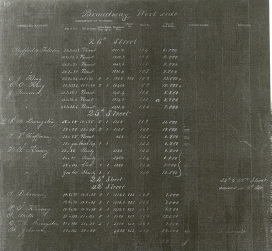You can steer yourself any direction you choose.”
–Dr. Seuss, Oh the Places You’ll Go

THE NUMBER ONE DOCUMENT
There is one set of documents you should gather first; that is the chain of deeds. Most often these can be found in the county clerk’s office. In New York City they can be found in the Buildings Department at 66 John Street on the 13th floor. Following the chain of owners from the present back to as far as the records will take you will provide you with a starting point from which to continue a search in any direction. Deeds list the names of buyers and sellers, details about the sale (including purchase price in some cases) and other details - such as whether or not it was an estate sale - all of which will add flavor to your story.
ORGANIZING
Making copies of each deed is suggested since you may need to refer back to any one of them for clarification of details when searching for further information. You can place these in a folder or binder, but I recommend you scan them into your computer and begin a folder on your hard drive or in the Cloud. By scanning the documents to be viewed on your computer you will find it is easier to zoom in on older documents which may contain writing which is difficult to decipher because of small, abbreviated, or old-style writing.
USING THE DOCUMENTS TO CONTINUE THE ADVENTURE
The next step would be to begin to abstract the information into a chart. List the date of the conveyance, the grantor (seller) and the grantee (buyer), price, and note any information which may be unique to the deed. You can develop this chart on paper to add to a loose-leaf notebook, but again, I recommend using your computer. Programs such as Microsoft Excel, Access, OneNote, or Evernote are useful for this.
THE PLACES YOU’LL GO
In order to develop the story of your building, the next step would be to begin researching the individuals listed on the deeds. From here you can “steer yourself any direction you choose” as Dr. Seuss says, including building records, tax records, designation reports, land maps, newspapers, city directories, and censuses. Details of what direction you may choose and the types of documents that exist will be explored further in upcoming blogs.




 RSS Feed
RSS Feed